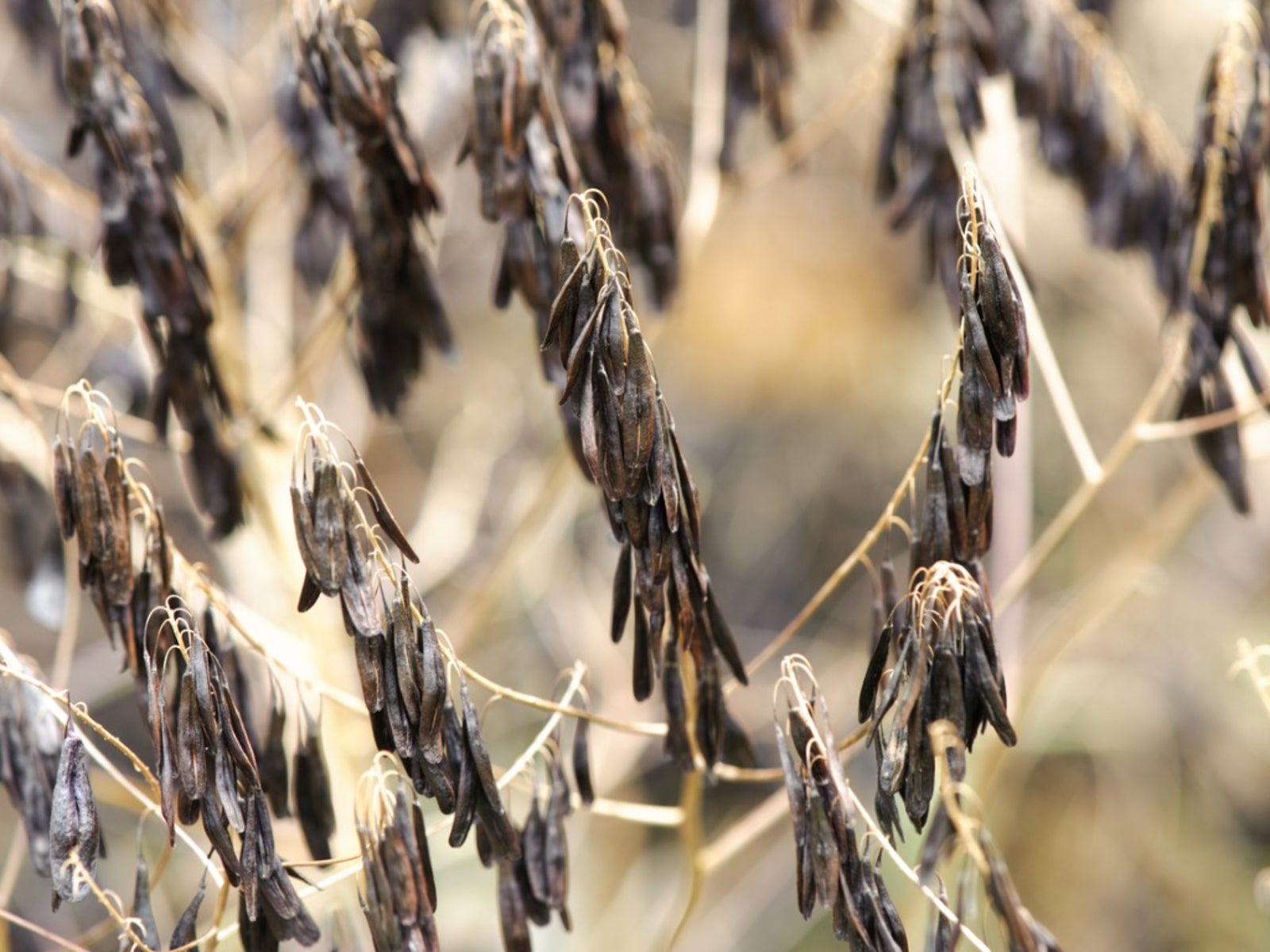How To Plant Woad Seeds – Planting Woad Seeds In The Garden


If you are interested in homemade dyes, you have likely heard of the woad plant (Isatis tinctoria). Native to Europe, woad plants produce a deep blue dye, which is rare in the natural world. It is speculated that the Celts made their blue battle paints from woad. Woad is not only a useful plant for dye, it also has a lovely, classic wildflower look, with clusters of yellow flowers followed by decorative blue-black seed clusters. To learn how to plant woad seeds in your own wildflower garden, keep reading.
Planting Woad Seeds in the Garden
Planting woad seeds is the most common method of propagating this biennial. As a biennial plant, woad simply grows as a leafy rosette with a thick, deep taproot in its first year. In the second year, the plant will produce 3 to 4 foot (around 1 m.) tall stems and then flower, set seed, and die. When woad produces seed, it will readily self-sow wherever possible. Is woad invasive? In some regions, woad may be considered an invasive weed with restrictions. Be certain to check your region’s invasive species list before planting woad seeds. Also, check with your local extension office for more information. Woad blooms can be deadheaded as soon as they fade to prevent seeds. You can also wrap nylons or bags around spent woad flowers to allow them to produce contained seeds, which you can plant later.
How to Plant Woad Seeds
Woad is hardy in zones 4 through 8. When to sow woad seeds will depend on your location. Generally, woad seeds are planted in early spring (March) directly in the garden in warmer climates or in seed trays in cooler climates. Planting woad seeds in spring usually will result in a good harvest by fall (Sept-Oct). Woad seeds are thinly spaced in shallow grooves 24 inches (61 cm.) apart, then just lightly and loosely covered with soil. Woad seeds have a germination inhibiting coating around them that needs water and constant moisture to dissolve. Pre-soaking seeds in water will aid germination. In the right conditions, germination usually occurs in about two weeks. When woad seedlings have formed their second set of true leaves, they can be transplanted if needed. As biennials, woad plants do well when planted in annual succession with other woad plants or other biennials. Remember that these plants won’t be very attractive their first year. They also grow well in cottage gardens where there are many other blooms to pick up their slack. Woad grows best in full sun to part shade, in alkaline to neutral soils.
Sign up for the Gardening Know How newsletter today and receive a free copy of our e-book "How to Grow Delicious Tomatoes".

Darcy is a former contributor to Gardening Know How. She is a professional landscape designer and gardening writer with experience in plant sales. An avid gardener, Darcy has a passion for sharing practical tips to help others grow.